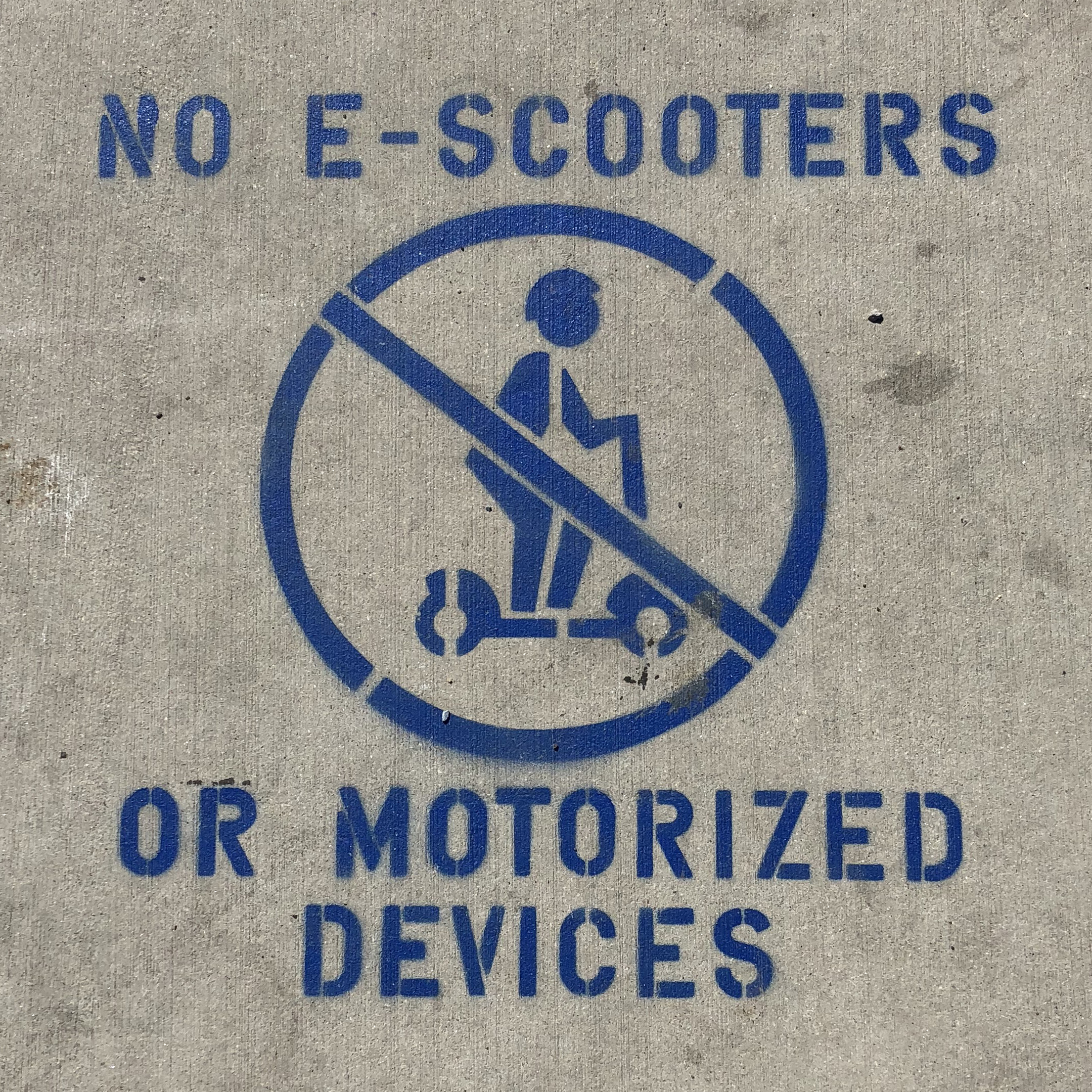Ever since the likes of IBM’s Watson, Google Trends, and Bloomberg Terminal emerged, data-driven decision making shifted from fad to fixture in the business world. But the fundamental shift that big data made in the world of research didn’t change which questions to ask, but rather how we ask those questions. Or, as Douglas Adams might say, you need to really know what you’re asking before you switch on Deep Thought.
Translating Real-World Survey Results into an Economic Impact Analysis
Topics: Data, Economics, Technology, Methodology
Why Selecting the Right Sector or Commodity Matters: Modeling with Margins
No two sectors (or businesses) are alike. One fundamental differentiator is that some sectors make goods and some sectors distribute goods as a service. This simple but substantial distinction can significantly affect the quality or range of your results while modeling economic impacts.
Topics: Data, Economics, Technology, Methodology
Economics of E-Scooters (Part 2): E-Scooter vs. TriMet Net Analysis
Barely more than a year ago, e-scooters suddenly flooded city streets across the country. But their presence wasn’t always met with enthusiasm. Antagonistic cities and towns cited public health concerns, street congestion, and even harassment as cause for banning the popular short-trip transportation option altogether.
Topics: Data, Economics, Technology, Methodology
When scooters swooped into Richmond, Virginia overnight last August, battle lines emerged just as fast. Like other cities where the electric, dockless flock cropped up with little to no warning, some decried while others praised the newcomers. Several groups of residents urged government leaders to roll out the welcome mat instead of red tape, but politicians voiced concerns about safety as they issued directives to squash the permit-less scooters.
Topics: Data, Economics, Technology, Methodology
There are several advantages to using MRIO in place of traditional single-region input-output analysis techniques. Mainly, MRIO exposes the connections and dependencies between regional economies by allowing individual regional identities to be maintained as a part of a broader regional analysis. In IMPLAN, results are filterable so that in an MRIO analysis, the incoming trade to a region can be isolated from or aggregated to the local impacts of the larger surrounding region.
Topics: Data, Economics, Methodology
2018 is over.
2019 is here.
Honestly, where did the time go? It seems like just yesterday we were conversing about the 2016 IMPLAN Data Release Notes, discovering why robots aren’t actually killing jobs, and surviving the hurricanes by exploring the history of hurricanes in North Carolina.
Seriously, it has been a year to remember here at IMPLAN. These past 12 months we experienced growth internally and externally and found inspiration in every direction we looked. In that time we have also published more than 30 articles on our site, with a few standing apart from the others.
Which blogs stood apart from the others? The ones people felt inspired and intrigued by the most? Here are the 5 most popular blog posts of 2018 on the IMPLAN Blog:
Topics: Data, Economics, Methodology
We talk a lot about economic impact analysis here but the question of economic impact is only one part of a multifaceted reality.
Researchers at the Michigan Department of Transportation had a different type of question. They didn’t want to just know about the jobs that could be created from constructing trails. They didn’t want to just know about tourism and retail spending that comes when people ride bikes or walk on those trails.
Topics: Data, Spotlights, Economics, Methodology
A Behind the Scenes Look at the Economic Impacts of Filmmaking
Candi Clouse works for the Center of Economic Development at Cleveland State University. She is one of four people on a team known in northeast Ohio as one of the big players for economic impact analysis. To put it simply, having Cleveland State on the report lends authority to the results.
Ohio, a gem of the midwest, is filled with resilient sports fanatics, people calling soft drinks “pop,” and, more specifically, a film industry that continues to generate positive economic impacts in the Buckeye State. Greater Cleveland is home to "The Avengers" filming location, which was the industry’s third-highest grossing film of all time with $1.5 billion in box office sales worldwide and a budget of $220 million. Candi Clouse sat down with us to discuss her favorite economic impact analysis study to date.
New IMPLAN Data Year Now Available (Plus Release Notes)!
Data season has finally come to a close which means that the latest IMPLAN Data Year is now available! Here's what's new in this data release:
Topics: Data, Press Release, Economics, announcement
After more than a year since Amazon’s deadline for RFP submissions, over 200 subsequent submissions, and a culling of 20 possible locations earlier this spring, we’ve finally (almost) got our answer—an HQ2 with one foot in Crystal City, Virginia and another in Queens, New York. And mere hours after the news broke, markets are already reacting in some rather severe (and not altogether unexpected) ways.
Topics: Economics, Methodology












.png?width=80&name=IMPLAN_Logo_Print-Vector_NEW%20(2).png) Copyright 2025
Copyright 2025